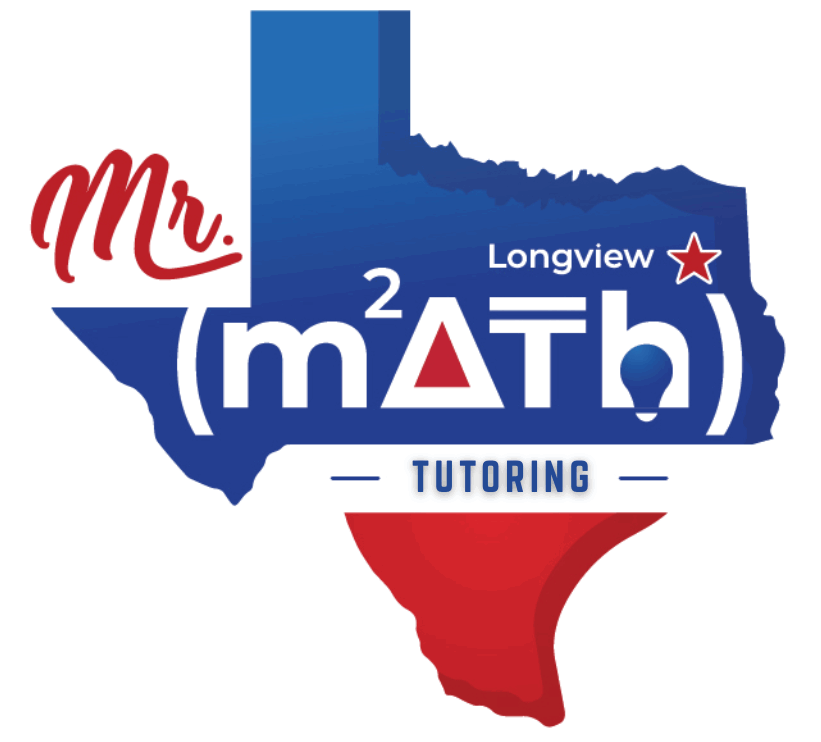Currently Empty: $0.00
About Course
This course provides a rigorous introduction to the theory and methods for solving systems of equations. It begins with a formal definition of a system of equations and classification into consistent, inconsistent, and dependent systems. Students will master five distinct analytic techniques for solving 2×2 linear systems—graphical interpretation, substitution, elimination, Cramer’s rule via determinants, and Gauss–Jordan elimination—highlighting the prerequisites and scope of each method. The curriculum extends these methods to 3×3 systems, with particular attention to determinant-based solutions and row-reduction algorithms. Finally, learners will confront nonlinear systems involving one or two quadratic equations, employing algebraic techniques to characterize and compute their solutions. 29.99
Course Content
1. Foundations of Systems of Equations
-
1.1 Definitions and Notation of Linear Equations
-
1.2 Classification: Consistent vs. Inconsistent; Independent vs. Dependent
-
1.3 Matrix Representation and the Equation 𝐴𝑥=𝑏




